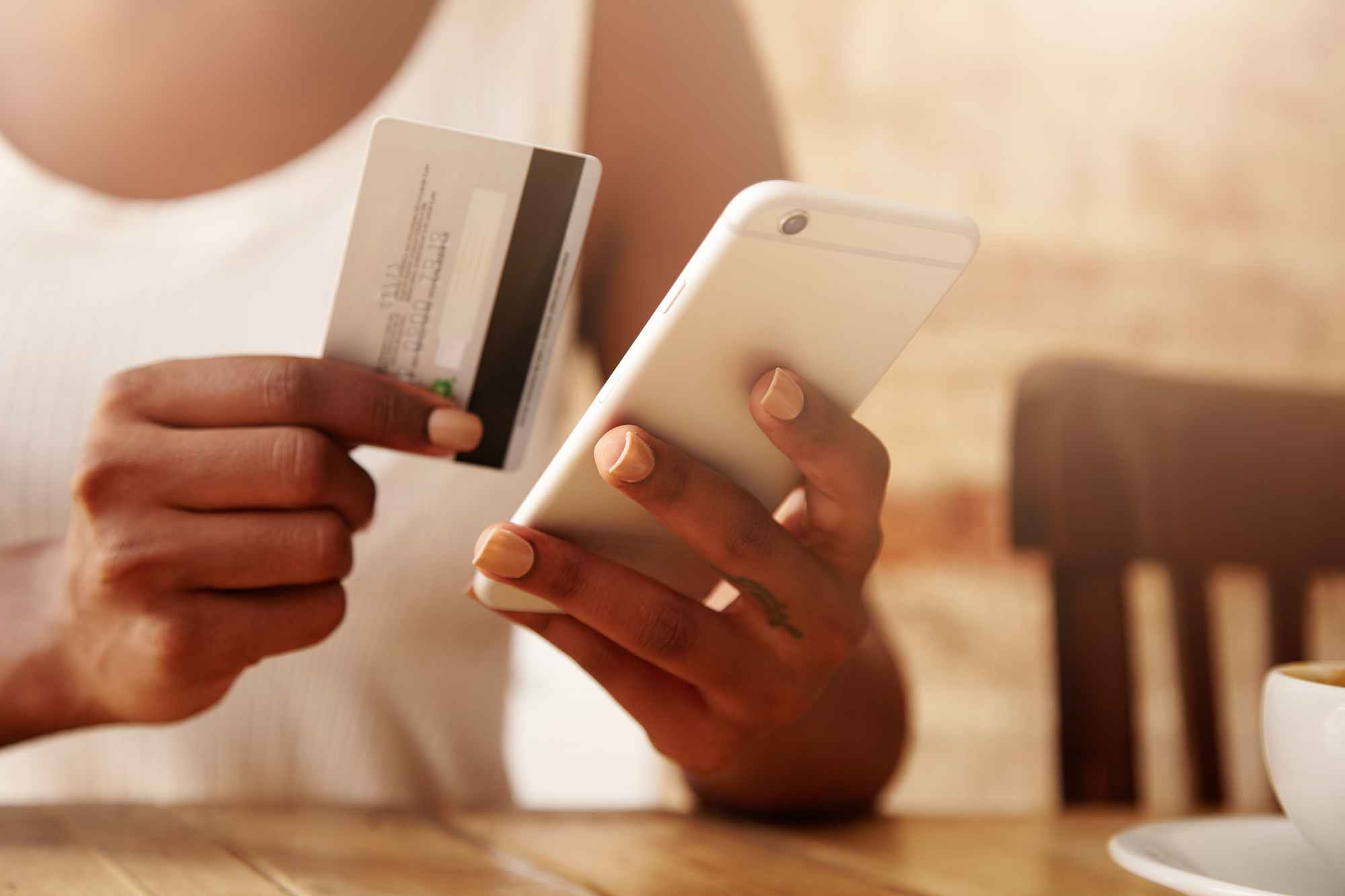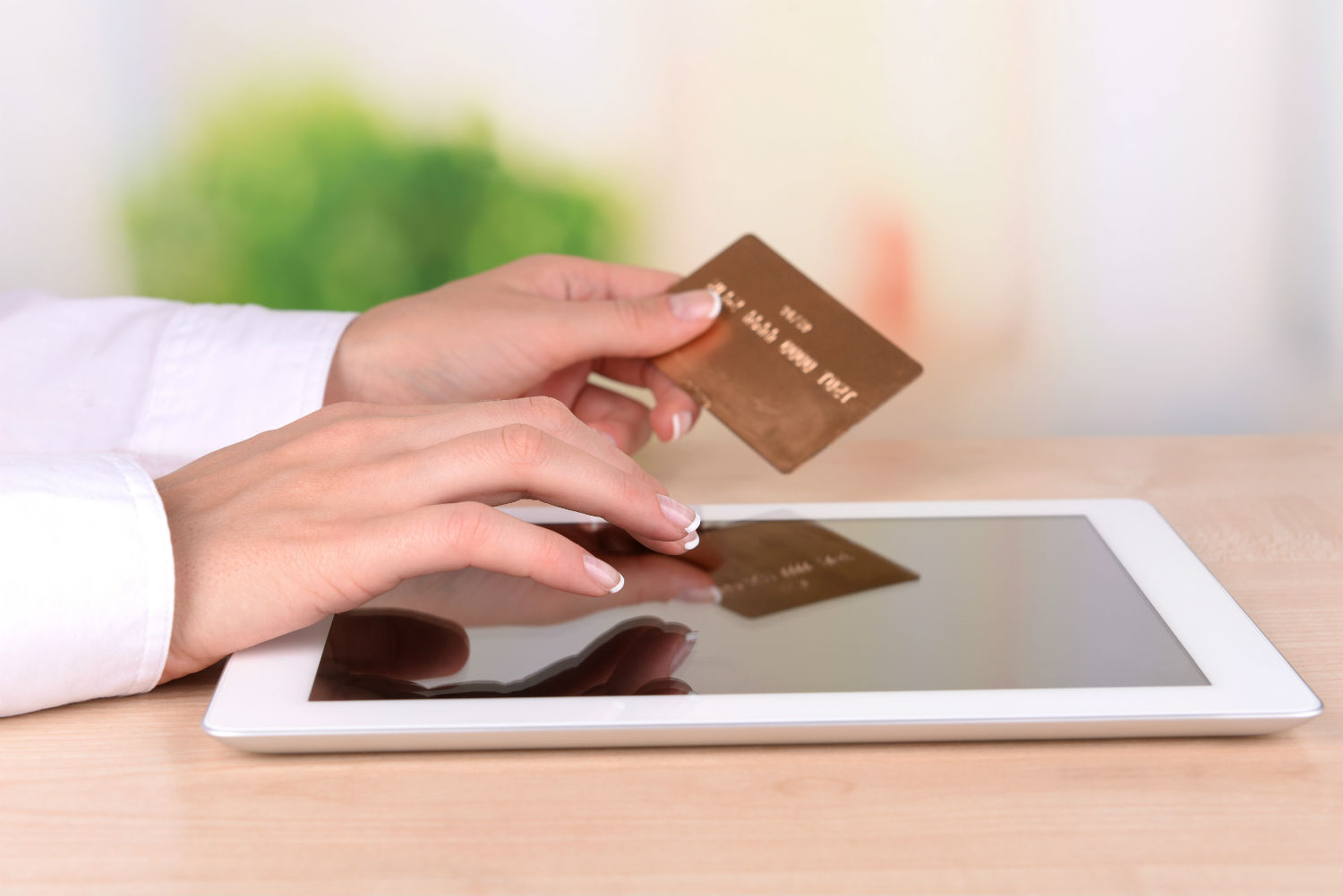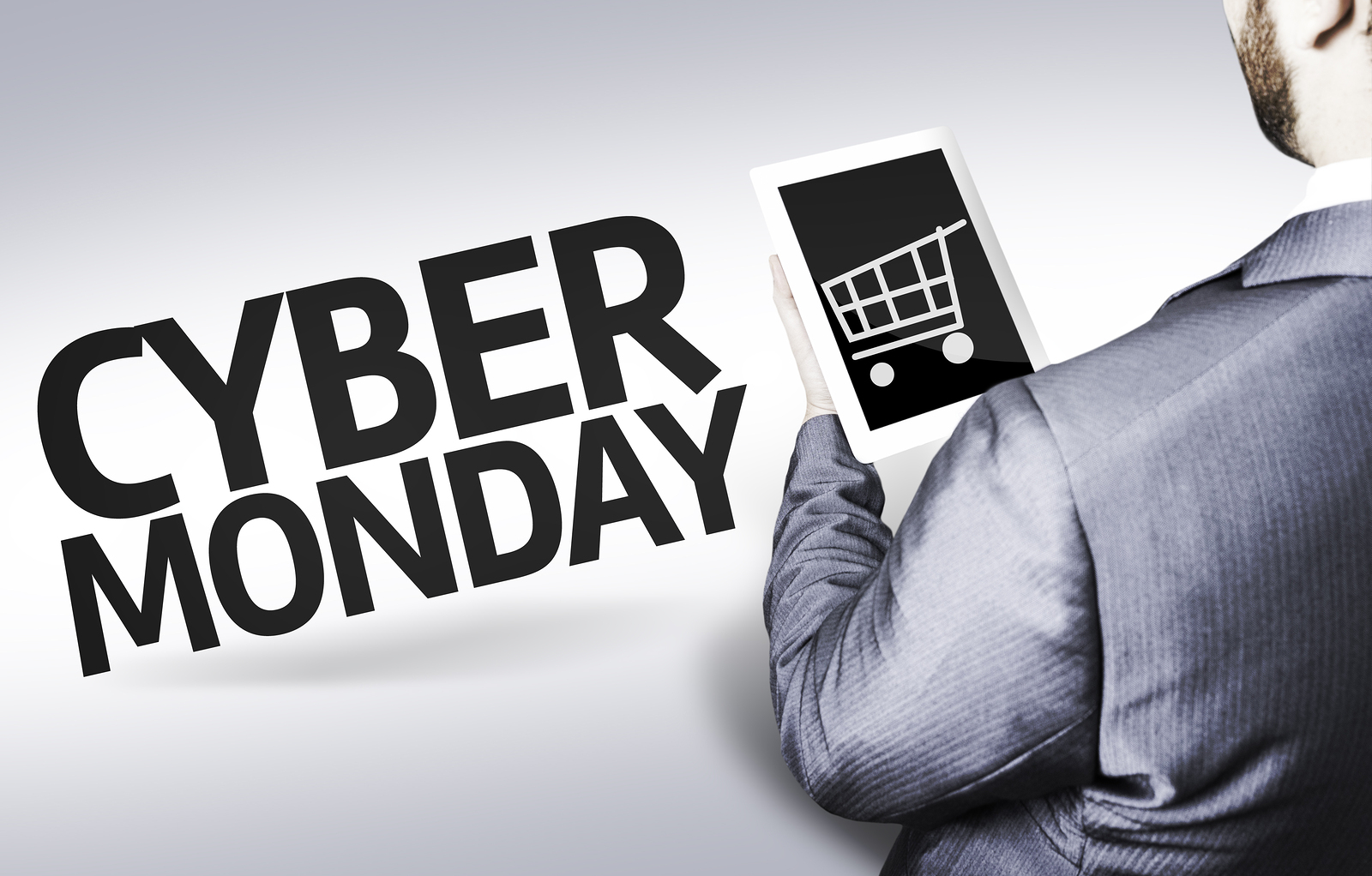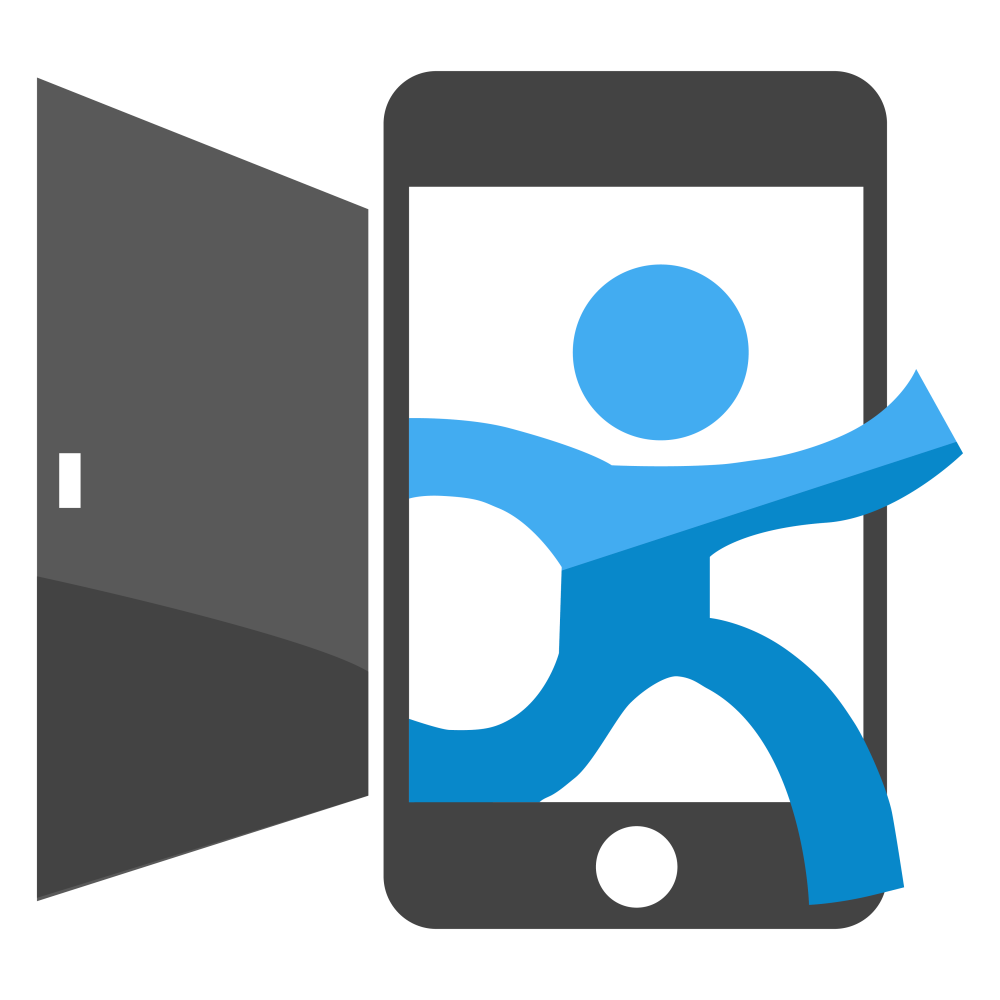Smart phones serve as on-demand information sources, a constant connection to like-minded communities and relations through social media, and, increasingly they are serving as virtual stores and wallets. Mobile marketing strategies are instrumental to small businesses and include product research, digital advertising, social media, and, of course, the ease of purchasing directly from any location.
Archive for the
‘Shopping’ Category
Black Friday shopping has shifted – to mobile. Here at MyMobileLyfe, we’re not surprised to see this trend toward mobile. In fact, this shift is why we started MyMobileLyfe, and have always focused on today’s mobile consumer. Today on Cyber Monday, we expect to see this trend toward mobile purchases continue.
Consumers are increasingly turning to their smartphones to shop and redeem coupons this holiday season. The coupon audience is large, and the upcoming holidays are a huge opportunity for your company to reach new consumers.
Mobile content marketing plays a vital role in the purchasing behavior of today’s mobile consumer.
We posted some time ago how over a quarter U.S. companies, 28 percent, do not have a mobile strategy. Here’s more proof that some companies are still lagging behind when it comes to using mobile devices as part of an overall marketing plan.
 Only a small percentage of retailers are using push notifications — messages that are delivered and displayed on a mobile device — as a tool to engage their customers.
Only a small percentage of retailers are using push notifications — messages that are delivered and displayed on a mobile device — as a tool to engage their customers.
San Francisco-based mobile marketing analytics company Other Levels recently examined retailers’ use of mobile messaging tools like push notifications, in-app alerts and the rich inbox, an email-like inbox within a mobile app. In its 2014 Retail Mobile Messaging Study, Other Levels found that while 77 percent of the top online retailers have a mobile app, just 31 percent of retailers send push notifications as part of their messaging strategy.
Push notifications play a large role in driving app usage. The majority of the top 100 retailers’ apps ask users for permission to send push notifications, yet most of the companies never actually send those messages.
The report goes on to say that fewer than 2 percent of the top 500 online retailers have a mobile app with a rich inbox that can display unique customer-focused content within the app, from special offers to confirmations.
Retailers are seizing upon mobile apps to expand and enhance their brand presence and awareness. But their limited use of mobile messaging content means a lot of missed opportunities to engage customers.
We are MyMobileLyfe and we can help your company develop a content marketing strategy to reach people on the go. Click here to contact us.
If you’re a smart shopper, you’re likely using a smartphone to do this.
 A recent survey of smartphone users finds that a majority of users believe the mobile device is essential when it comes to the shopping experience. Framingham, Mass.-based IDC’s research done during last year’s holiday shopping season reveals that 70 percent plan to use their smartphone more to help their shopping experience in 2014, while 69 percent say their smartphone is critical to a better shopping experience.
A recent survey of smartphone users finds that a majority of users believe the mobile device is essential when it comes to the shopping experience. Framingham, Mass.-based IDC’s research done during last year’s holiday shopping season reveals that 70 percent plan to use their smartphone more to help their shopping experience in 2014, while 69 percent say their smartphone is critical to a better shopping experience.
They’re researching deals, checking prices and reviews, and exchanging information on social media.
They’re also posing challenges to retailers trying to stay ahead of the digital wave. According to IDC, online retailers are capturing a larger share of the market from smartphone shoppers.
Online giants Amazon, eBay and Groupon attract the most shoppers, far more so than bricks-and-mortar retailers like Walmart and Target. And, according to the IDC, one in five smartphone users shoppers buy from a competitor while in the store they’re shopping in.
Read IDC’s infographic here for more
Delivery.com is issuing a challenge to app developers to come up with new and creative ways to place local online orders.
The New York-based company has launched a competition  for developers to come up with original mobile apps that create new ways for consumers to place local online orders. There’s $65,000 in prizes, plus a share of order revenues, for the best apps that drive new users and orders to local restaurants, wine and spirits stores and laundries, dry cleaners and tailors.
for developers to come up with original mobile apps that create new ways for consumers to place local online orders. There’s $65,000 in prizes, plus a share of order revenues, for the best apps that drive new users and orders to local restaurants, wine and spirits stores and laundries, dry cleaners and tailors.
Delivery.com has created a niche for itself with a platform where consumers can order prepared food, groceries and services from neighborhood merchants. Now it is encouraging app developers to come up with their own ideas for an ordering platform that is locally focused, and benefits the local economy.
As we said before in a recent post, online commerce is surging as overall mobile retail sales topped $60 billion last year.
ChallengePost, the competition’s administrator, is accepting submissions through June 10. Winners will be announced the week of July 16.
So, what’s for dinner?
There’s always takeout from the Chinese restaurant or your favorite pizzeria. You’ll find the menu from the last order, make a phone call, pickup in 20 minutes and dinner is ready to be served.
Technology can help out with this task. Dinnertime planning can be as easy as tapping the app of the mobile device in the palm of your hand.
Most popular restaurants offer apps as part of their overall customer engagement strategy. You can check a menu, download a coupon, share your experience on social media. A growing number also let you place an order for pickup without waiting in line.
If you’re looking for more variety in cuisine, if you’re looking for takeout or delivery options close to home, there are apps for that as well.
Apps for sites like Seamless, Eat24 and Grubhub list hundreds of restaurants that can be filtered by location, distance, cuisine, delivery charges and estimated pickup time.
You’ll find many of them in the App Store and Google Play store.
We’re using our tablets in growing numbers to buy merchandise, as tablet payments comprise almost half of all mobile commerce.
This comes out of a new study released this week by Javelin Strategy & Research on the mobile shopping market. The use of tablets for online purchasing and commerce is surging as overall mobile retail sales topped $60 billion last year, Pleasanton, Calif.-based Javelin says; tablets were responsible for $28.7 billion in mobile online commerce — purchases, payments and the like. It was slightly more than for smartphones. In 2012 tablets accounted for $5.1 billion in commerce.
Javelin says the devices are expected to become more dominant as a purchase channel as tablet device ownership grows. Tablet-optimized shopping experiences, such as apps, should be a top priority for merchants and businesses looking to capitalize on the growth of mobile online commerce.
You can read more about this here. Tell us what you think.
 The mobile industry is booming, and it’s not just the sale of phones. Thousands of products have been created as accessories to smartphones like phone cases, mobile payment processors, camera lenses, even power bags that help keep your device charged so you can utilize all those great features.
The mobile industry is booming, and it’s not just the sale of phones. Thousands of products have been created as accessories to smartphones like phone cases, mobile payment processors, camera lenses, even power bags that help keep your device charged so you can utilize all those great features.
One item we LOVE is the Photojojo Ten-Digit Touchscreen Gloves. These gloves let you use your smartphone in the cold!
Touchscreen gloves have been around for awhile now, but in addition to fingertips that let you type, these Photojojo gloves have grips on the palms that let you hang on to your precious phone. Plus, they’re thick and warm-great for the winter.
Buy the Photojojo Ten-digit Touchscreen gloves for $30 here.
For nine other options for touchscreen gloves, check out this Mashable article.







Recent Comments